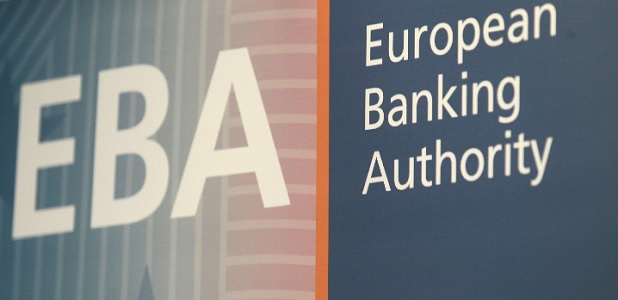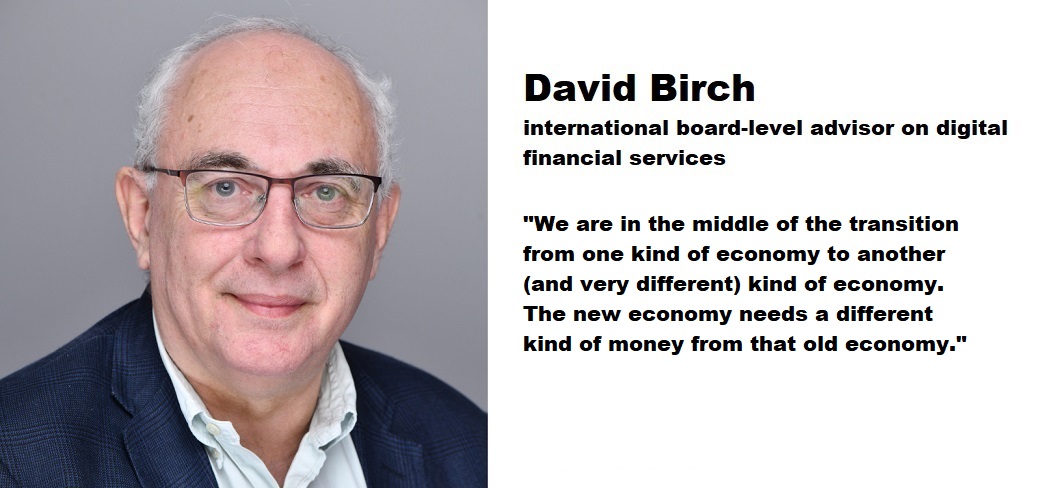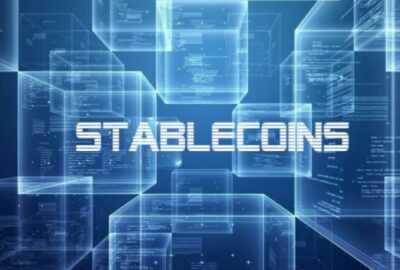EBA’s opinion on green loans: they are marginal on credit institutions’ balance sheet. Lack of comparability and fragmentation in markets for green loans in the absence of guidance. Credit institutions mostly rely on their internal standards and criteria.

The European Banking Authority (EBA) published its response to the European Commission’s call for advice on green loans and mortgages. The EBA proposes the introduction of a voluntary EU label for green loans based on a common EU definition and the integration of the concept of green mortgage and its key sustainability features in the Mortgage Credit Directive.
The EBA has observed that with the implementation of effective policy and regulatory initiatives at the EU since the adoption of European Green Deal in 2020 and then the European Climate Law in 2021, credit institutions have started to consider climate-related risks in their risk assessment and management, and put their efforts into channelling required funding for the transition to a sustainable economy. However, green loans are still a small part of credit institutions’ total assets and access to sustainable finance, and in particular to green loans, remains limited for retail borrowers and SMEs.
The EBA observes that credit institutions’ green loans to households and SMEs remain limited. In most cases, credit institutions’ green loans to households finance the purchase of high energy performance buildings, while green loans to finance renovation of buildings with relatively lower level of energy efficiency performance is limited. Similarly, green loans for retail SMEs are on average marginal on credit institutions’ balance sheets.
The analysis shows a lack of comparability and fragmentation in markets for green loans in the absence of guidance, as well as a common definition and rules. Credit institutions mostly rely on their internal standards and criteria. The European Union (EU) Taxonomy and related technical screening criteria are used by credit institutions where possible and, in most cases, are limited to the substantial contribution criteria of the environmental objective of climate change mitigation.
The EBA is of the opinion that the introduction of a common definition and rules on credit institutions’ green lending in light of regulatory initiatives in the EU sustainable finance framework would provide clarity in markets both for credit institutions originating green loans and borrowers using the proceeds of these loans. As such, a common definition with standardised criteria would also ensure a level playing field for the credit institutions and adequate consumer protection for the borrowers involved.
The EBA advises the European Commission to introduce a voluntary green loan definition based on the EU Taxonomy. The EBA is of the opinion that such a definition should mirror the features of the framework implemented for green bonds under the European Green Bond Standard and be consistent with the Taxonomy disclosure requirements.
_______________
Documents
EBA opinion on green loans and mortgages (178.97 KB – PDF) – Download
EBA report on green loans and mortgages (3.09 MB – PDF) – Download
Annex II to EBA report on green loans and mortgages (2.64 MB – PDF) – Download
Dariusz Mazurkiewicz – CEO at BLIK Polish Payment Standard
Banking 4.0 – „how was the experience for you”
„To be honest I think that Sinaia, your conference, is much better then Davos.”
Many more interesting quotes in the video below:










